Fermentation is older than any ancient civilization that we know of today. Several archaeological excavations have found jars with the remains of wine that are approximately 8,000 years old.
After much trial, error and careful observation, almost all civilizations began producing fermented beverages (and foods as well), but mainly wine and beer. It started with the fermentation of water with honey in Asia, then the Egyptians, Babylonians and Romans used grapes to produce wine, the Chinese used rice instead to produce wine and other civilizations produced beer with barley. Chicha was produced in South America, through the fermentation of corn.
Producing fermented beverages at the time was complicated, if the mixture didn't stay long enough in the container, the result would not have alcohol at all; but if you left it too long, it was undrinkable. After much observation, people understood that temperature and air exposure were critical to the fermentation process.
First of all, we must say that the general definitions of fermentation do not apply directly to coffee. This is because coffee is not a fermented beverage like wine or beer, but coffee production processes USE FERMENTATION AS A TOOL, either to break the mucilage structure and facilitate the execution of a certain processing method (Washed, Giling Basah, etc) and/or directly influence the quality and flavor of the bean (Natural, Honey, Washed, Giling Basah, Experimental, etc). Almost all the different coffee processing methods in the world use fermentation in one way or another, with the sole exception of mechanical washing.
So now that we've made this exception regarding to coffee, let's go back to the more general concepts of fermentation. In very simple words, fermentation is a TRANSFORMATION of a complex element into another much simpler one. OK, that's perhaps too simplistic! :)
Now more in depth: fermentation is a metabolic process that converts sugars into acids, gases or alcohol.
Louis Pasteur, the father of microbiology, who is responsible for all our understanding of fermentation today, pointed out in 1856 that there are two types of fermentation: Alcoholic and Lactic Acid. Alcoholic fermentation occurs through the action of yeast, lactic fermentation occurs through the action of bacteria.
As we already know, fermentation is a metabolic process of transformation of simple sugars into acids or alcohol. This can be divided into two main groups: alcoholic fermentation (produced by the effect of yeast) and lactic acid (produced by the effect of bacteria). But the variety of microbiota (that is, yeast + bacteria) that are involved in the fermentation process of coffee, is still poorly understood from a scientific point of view.
A study that we could find on "Mucilage Fermentation" from 2004 in Nicaragua (SC Jackels. Dept. of Chemistry, Seattle Univ.), Took samples from 7 different lots that were fermented in concrete tanks for periods between 10 to 24 hrs at a temperature of between 21 - 23 ºC; and concluded that: (1) in all samples the glucose level decreased constantly throughout the entire process; (2) that the levels of lactic acid and / or ethanol increased exponentially only in the last 3 hours of the fermentation process; (3) and perhaps the most important discovery, the PH level is a fundamental factor in determining when the fermentation would be complete, without developing unpleasant over fermented flavours (produced by acetic acid and ethanol), and this value on average was PH = 4,6.
The coffee microbiota has spread throughout the world along with its plants through human activity (Current Biology 26, 965–971, April 4, 2016). But also, the more "artisan" styles of coffee fermentation have generated several microbiota strains with independent origins. In other words, the bacteria and yeast found in Africa are different from those in South America, and these are different from those in Asia. These could play a much more important role in the development of unique cup profiles for different origins of the world, or what would be known as the "MICROBIOTIC TERROIR".
With this post we end this series of four articles where we have tried to understand fermentation in depth. First through its history, then understanding what exactly is fermentation, following on how it is used in coffee production; and finally we will see in detail the types of fermentation that are currently used around the world of specialty coffee.
We must say that the following types of fermentation, in the industry are called "experimental processes", and refer EXCLUSIVELY TO THE ENVIRONMENT where the coffee is fermented, and not to the metabolic process of fermentation, which by definition is anaerobic, meaning, free of oxygen.
AEROBIC FERMENTATION: Implies that the fermentation stage is carried out in an environment high in oxygen. It is the most widely form of fermentation used in coffee; and it occurs during the FW process when we dry-ferment (without water) coffee in a tank, or when we dry natural or honey processed coffee on African beds or concrete patios.
ANAEROBIC FERMENTATION: Implies that the fermentation stage is carried out in a low or no oxygen environment. An example, take place during the FW process when we wet ferment (soak) coffee in a tank with water.
LACTIC FERMENTATION: Generally is carried out in a steel tank in an anaerobic environment. After pulping, it's assumed that only the especies of bacteria which transform glucose into lactic acid are alive. There is little scientific support to this, since there are other microorganisms (like yeast) that can also survive in low oxygen environments and could also influence the final result of this type of fermentation.
CARBONIC MACERATION: Process borrowed from the French wine industry, and made popular by Sasa Sestic WBC 2015. The process is similar to that described above, but fermentation is done with the whole cherry without pulping. Fermentation here may take days or even weeks since the cherries are left intact.
YEAST FERMENTATION: As we have said, yeast and bacteria are microorganisms present in the soil, water, air, tank, pulp, etc. But this process refers exclusively to the adhesion of commercial yeast strains (generally the one used in the wine industry) to the tank, where a wet anaerobic fermentation is being carried out.
To wrapped out, we just want to say that all these experiments are great, because this industry has been built and grow on experimentation; but not because a process has a "funky" or "trendy" name it will be better than another which is simply called "washed" or "natural". Let's select our coffees by their cup profile and not by their names.
Honorable mention to many people from whom we borrow info (all references on our blog), and especially to Lucia Solis from the "Making Coffee" podcast.
THE END
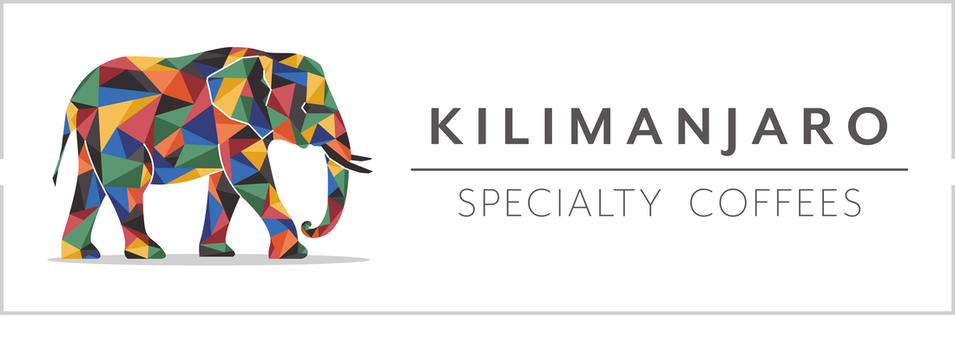

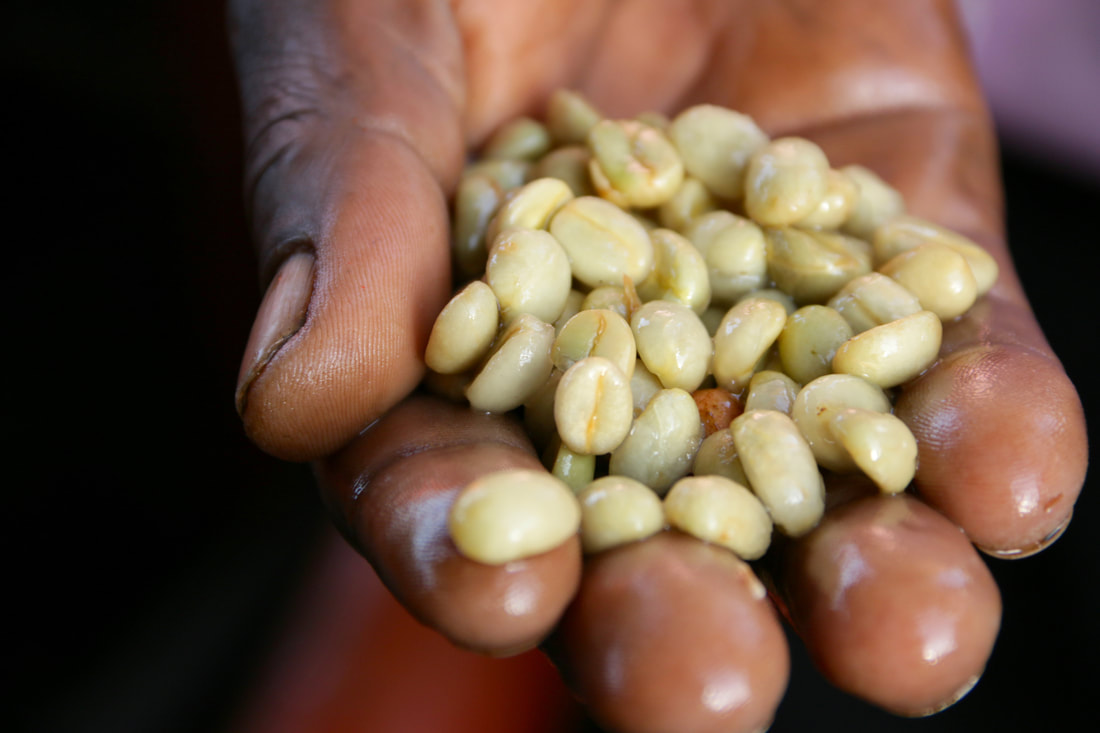
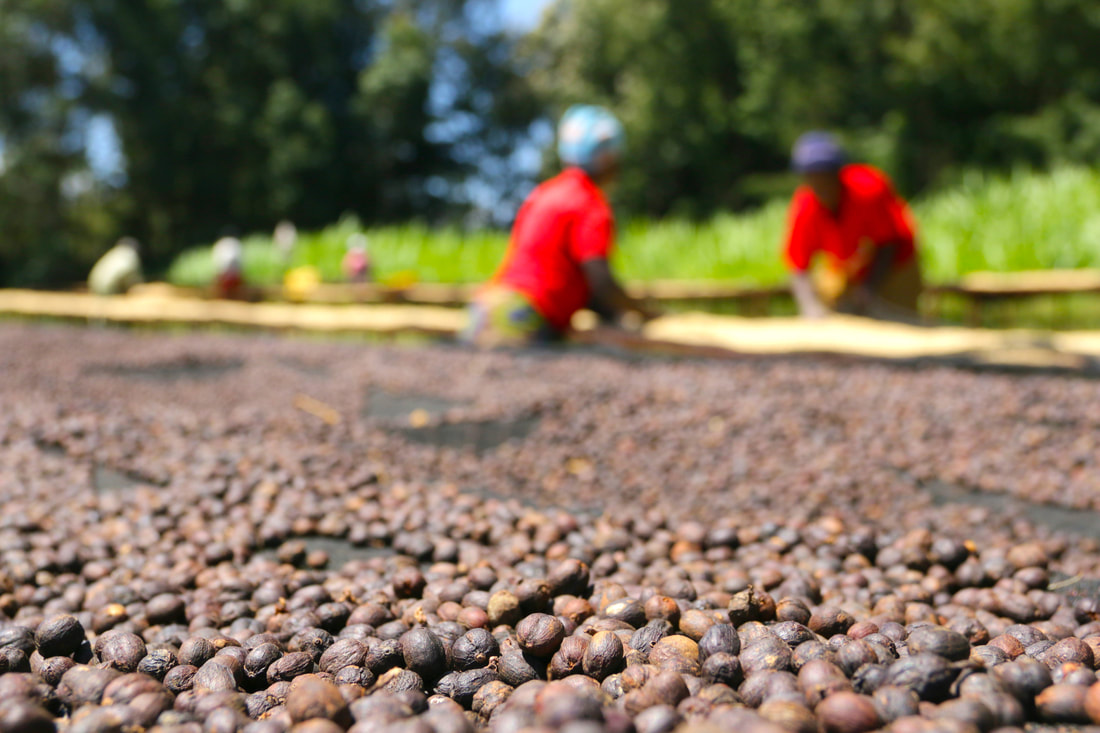
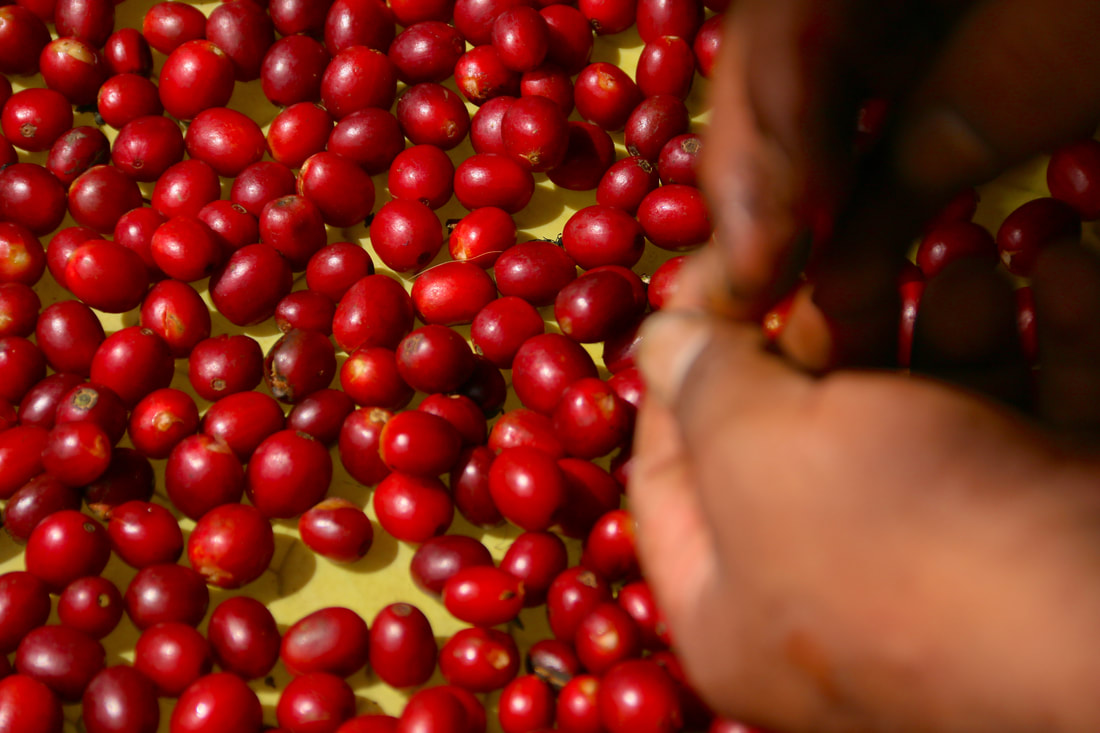
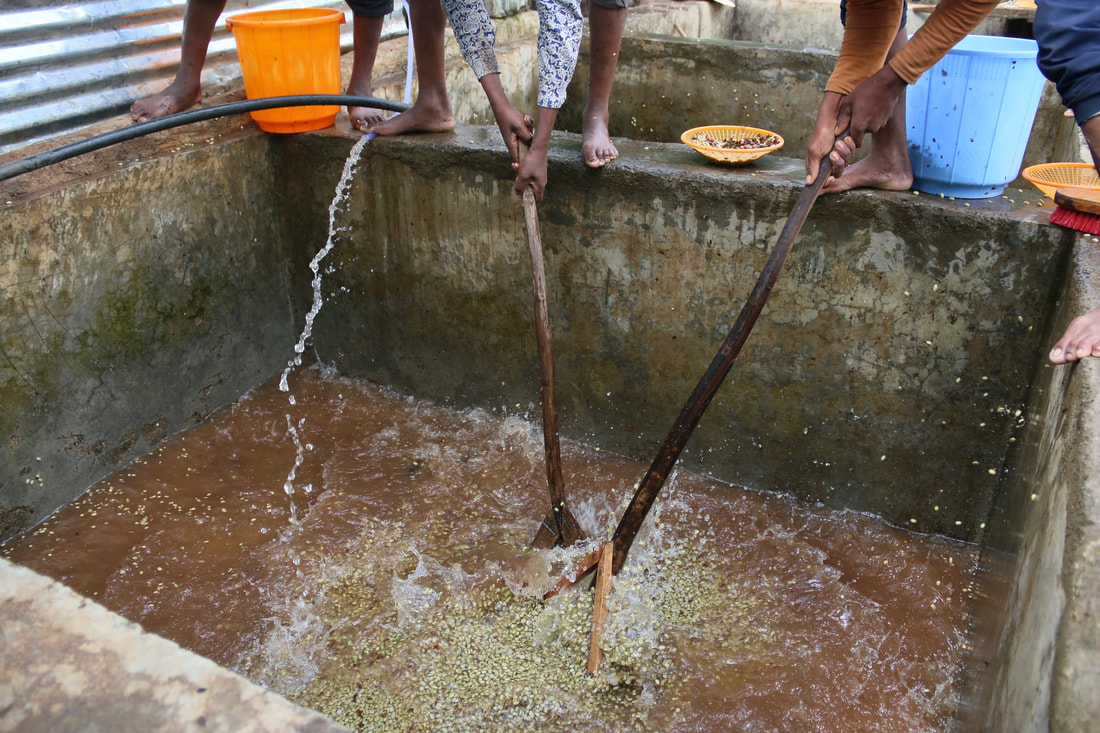
 RSS Feed
RSS Feed